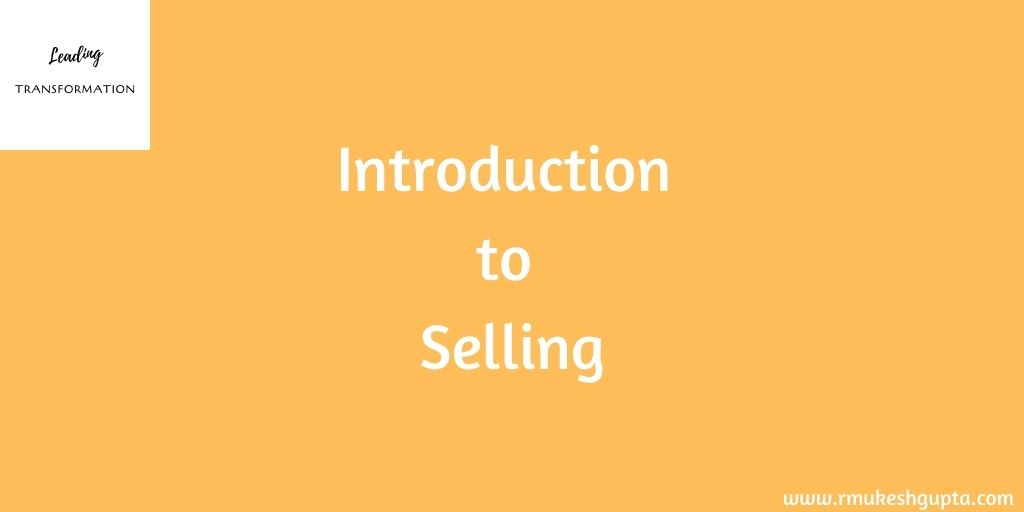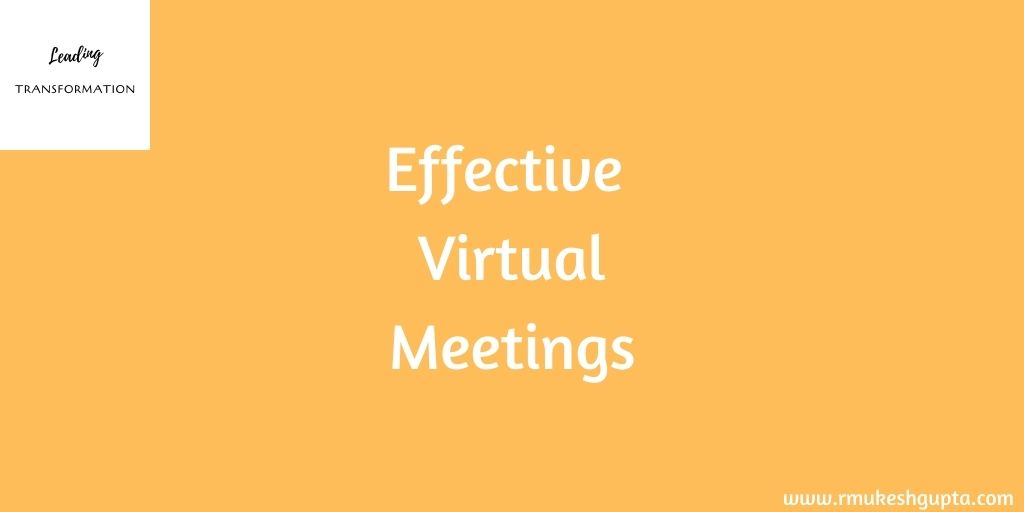
In an earlier blog post, I had introduced the “SIMPLE” framework to increase your sales effectiveness. I had elaborated on the 1st step which was about how to “Surprise” your customers to initiate their engagement.
The second step in the process was to “Inspire” your customers, which entails that you paint a picture of possibilities.
The third step in the process is to be able to “Motivate” your customers to take action. The biggest competition to any sale being concluded is not your competitors but the “inertia” in your customer organization to change.
We need to understand that every significant purchase involves some amount of change management – the complexity of which is directly proportional to the product/service purchased.
A lot of sales executives do a great job to identify potential challenges that their product or service could solve. They probably also understand the need to build buy-in from all the stakeholders in the buyers organization.
However, we need to understand that the buy-in alone is not sufficient if the sale that you are looking at involves a significant change (which is what you could expect if you followed the first two steps in the process).
You would need to be able to “inspire” them about their future and then motivate them to go for it.
You could do the following to motivate your customers to take action:
- Acknowledge Inertia: There is a need to bring the inertia or the resistance to change to the open rather than allow it to be in their heads.
- Identify the risks involved: This openness about inertia, will enable you to discuss and list down all the possible risks that the buyer could potentially face.
- Risk Mitigation: Also discuss some ideas to potentially mitigate some of the risks.
Notice that we are still talking to the buyer on his needs, challenges, possibilities, risks, etc. We are not yet positioning our product or services.
You can move to the next step in the process, once the buyer has identified some risks associated (if they go after the vision that you have painted for them in the “Inspire” step) and has some mitigation ideas.
What you have achieved in the first three steps is the following:
- Provide insights useful to the buyer.
- Inspire your buyer about the possibilities.
- Motivate the buyer to decide to take action.
- And most importantly, created a good level of trust with your buyer.
Now, it is time for you to move to the next step, which is to position your product/service and explain why you and your organization are best positioned to help them achieve their vision (which you have helped them articulate).
This is probably the most important step in the framework. It doesn’t matter, how great your insight was; it doesn’t matter how inspiring your vision was; if you are not able to motivate your customer to decide to take action, you are not going to get the business.
Also, this is probably the most neglected step in any sales process and the chasm that most sales executives fail to cross, leading to many deals never seeing the light of the day.
So, it is critical that we understand the importance of this step and spend a good amount of thought and effort in making sure that you are able to help your customers decide to move ahead and hence cross the chasm.



